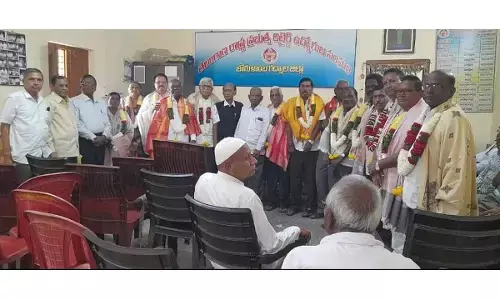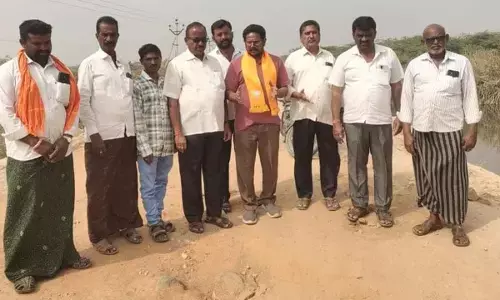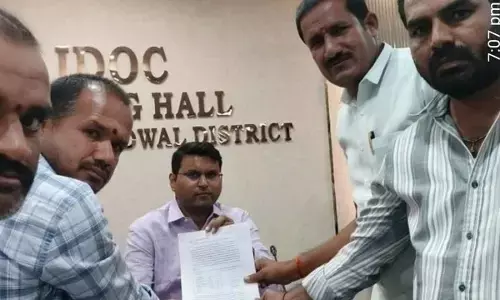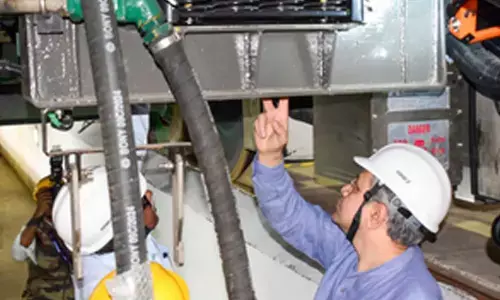Once drinking water source, Kapra lake is gasping for life
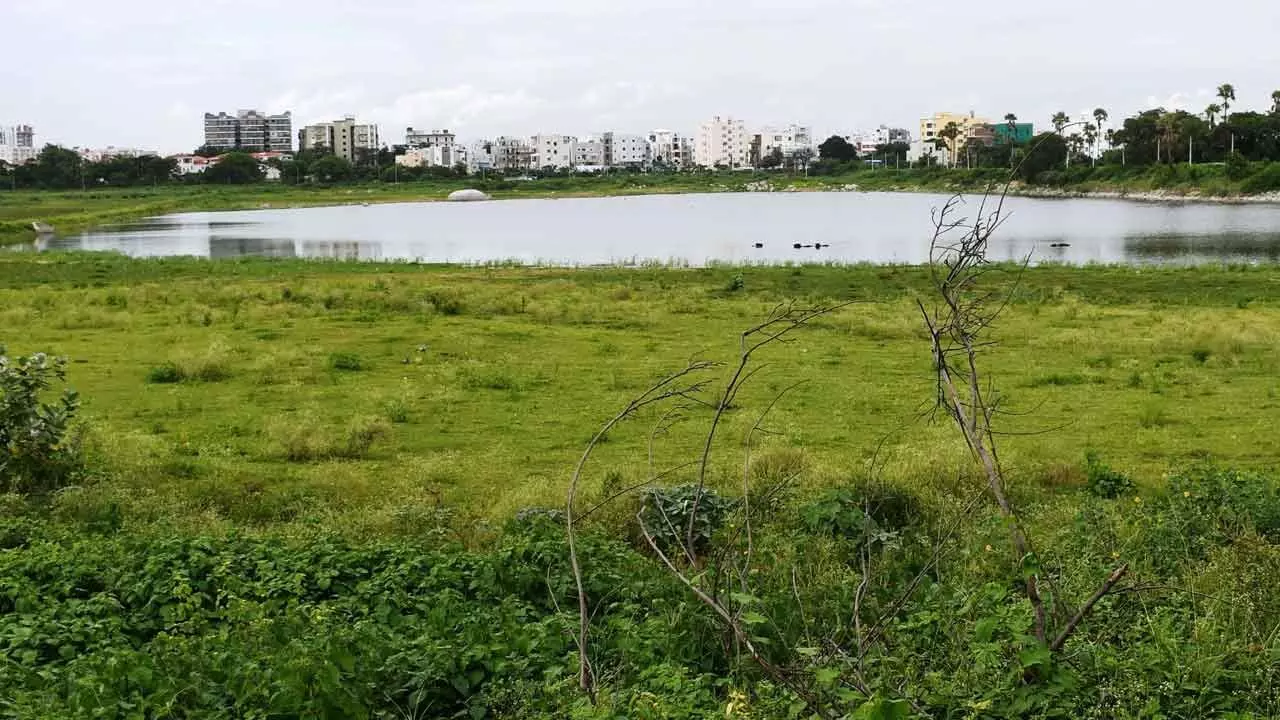
Hyderabad: Patta lands now lie within the buffer zone, and the Full Tank Level (FTL) has significantly diminished Kapra Lake, reducing it to a nearly dry state. The lake, once the primary source of drinking water for the Cantonment area, spanned 113 acres but has now shrunk to just 70 acres.
Currently, Kapra Lake has been reduced to a small pond, with 70 per cent of the lakebed remaining dry and barren. This is despite heavy rainfall this year and last, which has replenished other water bodies while Kapra Lake remains largely dried up. This has led to a drastic reduction in groundwater levels in the surrounding areas. The main issue is that the lake’s inlets were damaged; in 2019, the inlets were closed, and new sewage lines were laid to divert wastewater from nearby residential colonies.
Additionally, a cycling track and an immersion pond were created near the bund of the land. Another contributing factor is that on the western side of the lake, within the FTL and buffer zone, many people have claimed that they got patta lands that were given to them a decade ago. As a result, this western side of the lake is not fenced, as the fencing was removed by these individuals who claimed the land as their own. Members of the Kapra Revival team pointed out that, to save the lake, several cleaning drives were undertaken, and they also followed up with the GHMC, which had assured them that the issue with the inlets would be resolved. However, nothing has been done to date. Additionally, the Irrigation department had a plan to purify the water and proposed developing a bird sanctuary as part of wetland conservation, but nothing has happened in that regard either.
“Despite the city receiving ample rainfall in recent monsoons, hardly any water has been filled up in the lake, and the main reason is that the inlets are non-functional. There is a large 150-acre Sainikpuri colony near the lake. Previously, rainwater collected from stormwater drains would directly flow into the lake, but now it is blocked. We are really frustrated with the lack of action from the officials. If they do not come up with a solid solution soon, the lake might completely disappear,” said Manognya Reddy, a resident of Sainikpuri.








